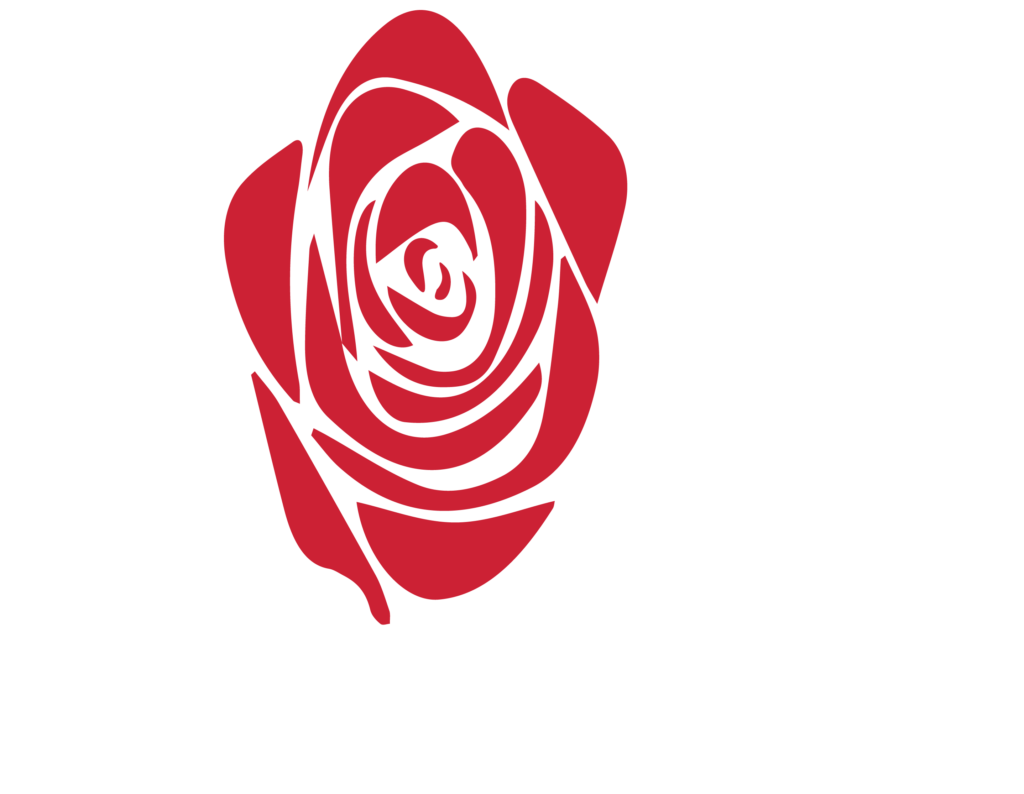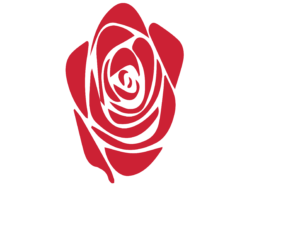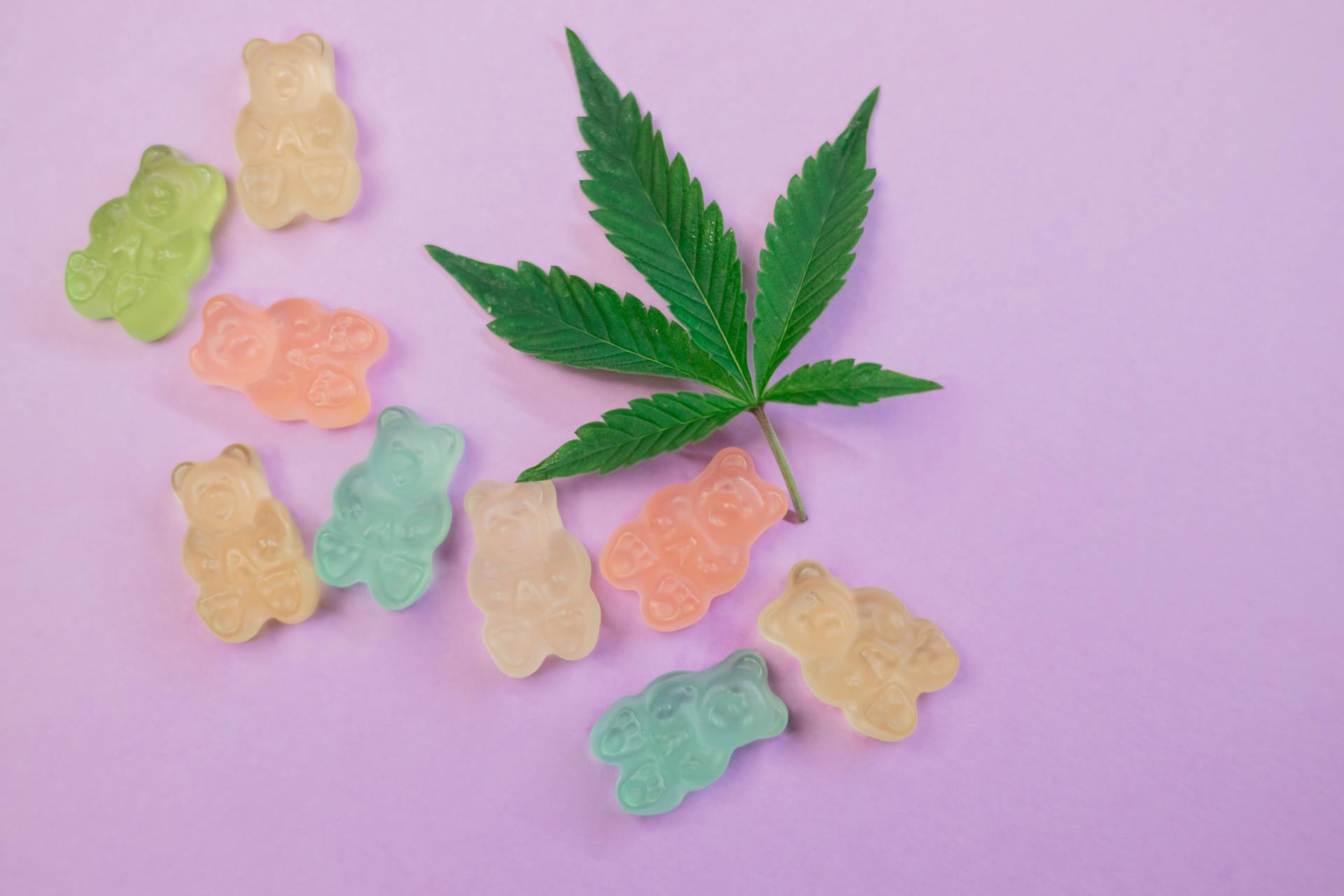
Getting hit particularly hard by a batch of magic brownies or weed cake is practically a stoner rite of passage. Even seasoned smokers can overestimate their tolerance when it comes to treats laced with THC. No, you aren’t paranoid—the high is a different beast thanks to 11-hydroxy-THC.
The experience of eating an edible differs from smoking your favorite flower. Thanks to the way our body processes cannabis, 11-hydroxy-THC effects have unique characteristics. This high can be strong and last long, so it’s a good idea to educate yourself to avoid the dreaded “green out.”
As marijuana-infused edibles at dispensaries increase, more of us will experience 11-hydroxy-THC. Before you bite off more of that brownie than you can chew, let’s explore the effects of 11-hydroxy-THC.
What is 11-Hydroxy-THC?
You won’t find 11-hydroxy-THC listed as an ingredient on the back of weed gummy packages. This substance is actually a byproduct of your body metabolizing THC. After eating an edible, enzymes in the liver convert cannabinoids into a new form. This process is known as first-pass metabolism.
This method of consuming THC is different from smoking a pre-roll because of the way the cannabinoids enter your body. When you light up a spliff, the THC is absorbed into your lungs and quickly enters the bloodstream. That’s why the effects of bud and concentrates come on so quickly.
While edibles also pass through your body via the bloodstream, ingesting them means the liver breaks down more of the THC. When you eat cannabis, the effect is more 11-hydroxy-THC production.
How 11-Hydroxy-THC Works?
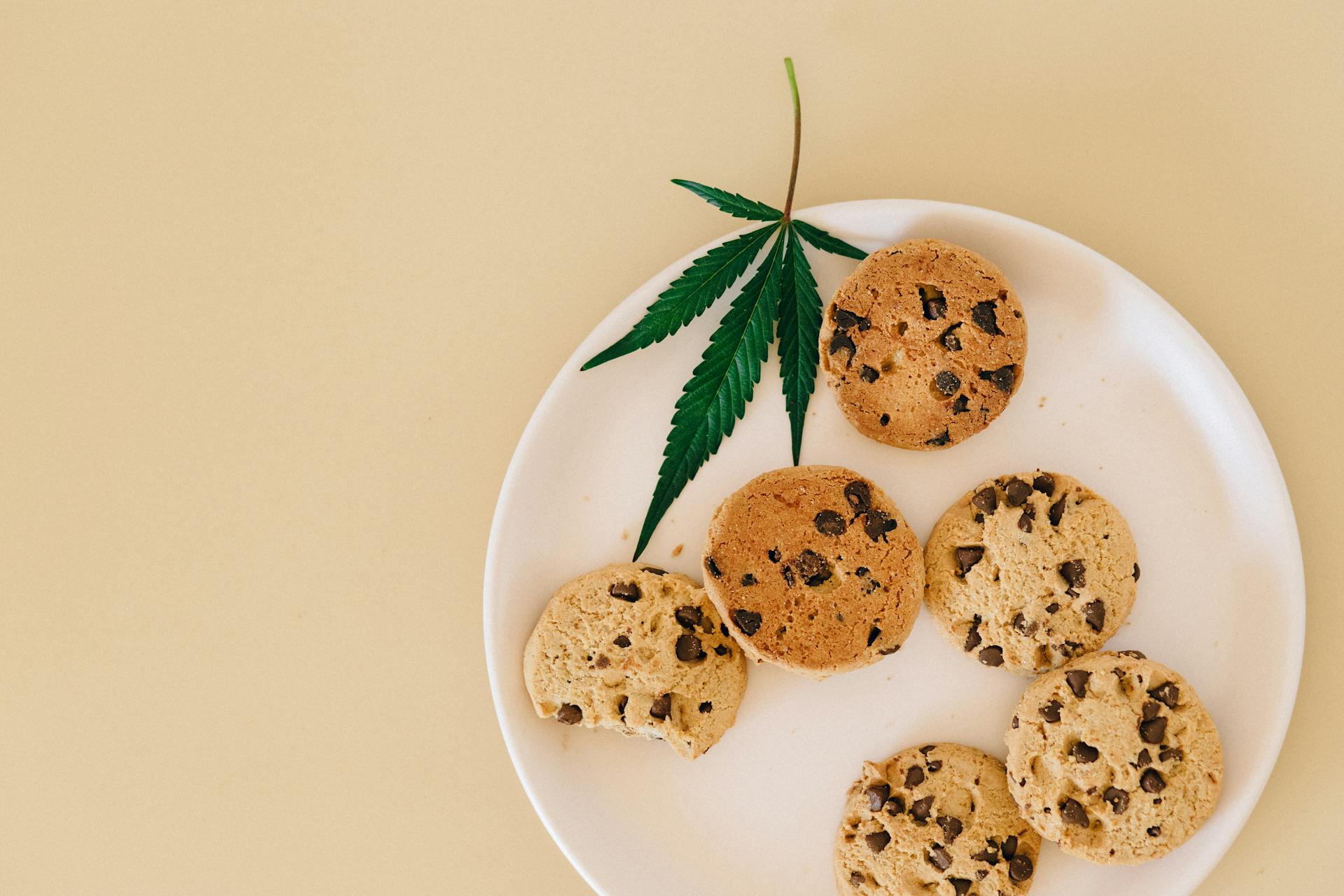
Cannabinoids work by interacting with the endocannabinoid system in our bodies. The endocannabinoid system is responsible for pain, energy, memory, and immune response. By binding to our CB1 and CB2 receptors, cannabinoids activate the effects associated with feeling high.
The CB1 receptor and 11-hydroxy-THC are very fond of each other. The metabolized THC binds tightly to the CB1, which makes it better at activating the receptor than cannabinoids that haven’t passed through the liver. It’s this biological relationship that makes 11-hydroxy-THC effects so potent.
The Effects of 11-Hydroxy-THC
The key difference between eating and smoking weed isn’t what you feel but how you feel it. After all, the same receptors of your endocannabinoid system that bind to 11-hydroxy-THC also bind to delta-9.
However, first-pass metabolism alters THC enough that the experience takes on its own unique traits. Don’t think of it in terms of the effects of 11-hydroxy-THC being different—consider it more of a change in the flow of your experience. Because of the effects of edibles, they require a little more preparation and commitment than hitting a pre-roll.
Potency
One of the biggest effects of 11-hydroxy-THC is its overall potency. While research in the field of cannabis is still relatively lacking, initial studies clearly illustrate the supremacy of metabolized THC. Generally, it’s considered two to three times more potent than smoking because of how tightly it binds to the CB1 receptor.
However, due to many variables, the potency of 11-hydroxy-THC can differ drastically. Some studies show it can be up to seven times more potent than delta-9. This variance stems from many factors, including the amount of fat in the edible and personal metabolism.
Duration
Be sure to pack a lunch or a ton of snacks because 11-hydroxy-THC effects can last a long time. Part of this is because your body must first digest the edible. For some, it can take over two hours for the THC to make its way through the liver and into the bloodstream.
Once you’re high on edibles, settle in because the ride lasts a while. Depending on your metabolism and the dose, the effects of eating cannabis can last eight to twelve hours.
The long-lasting effects make edibles an efficient way for people who manage pain or fight insomnia to reap the benefits of cannabinoids without excessive smoke inhalation.
Start Low, Go Slow
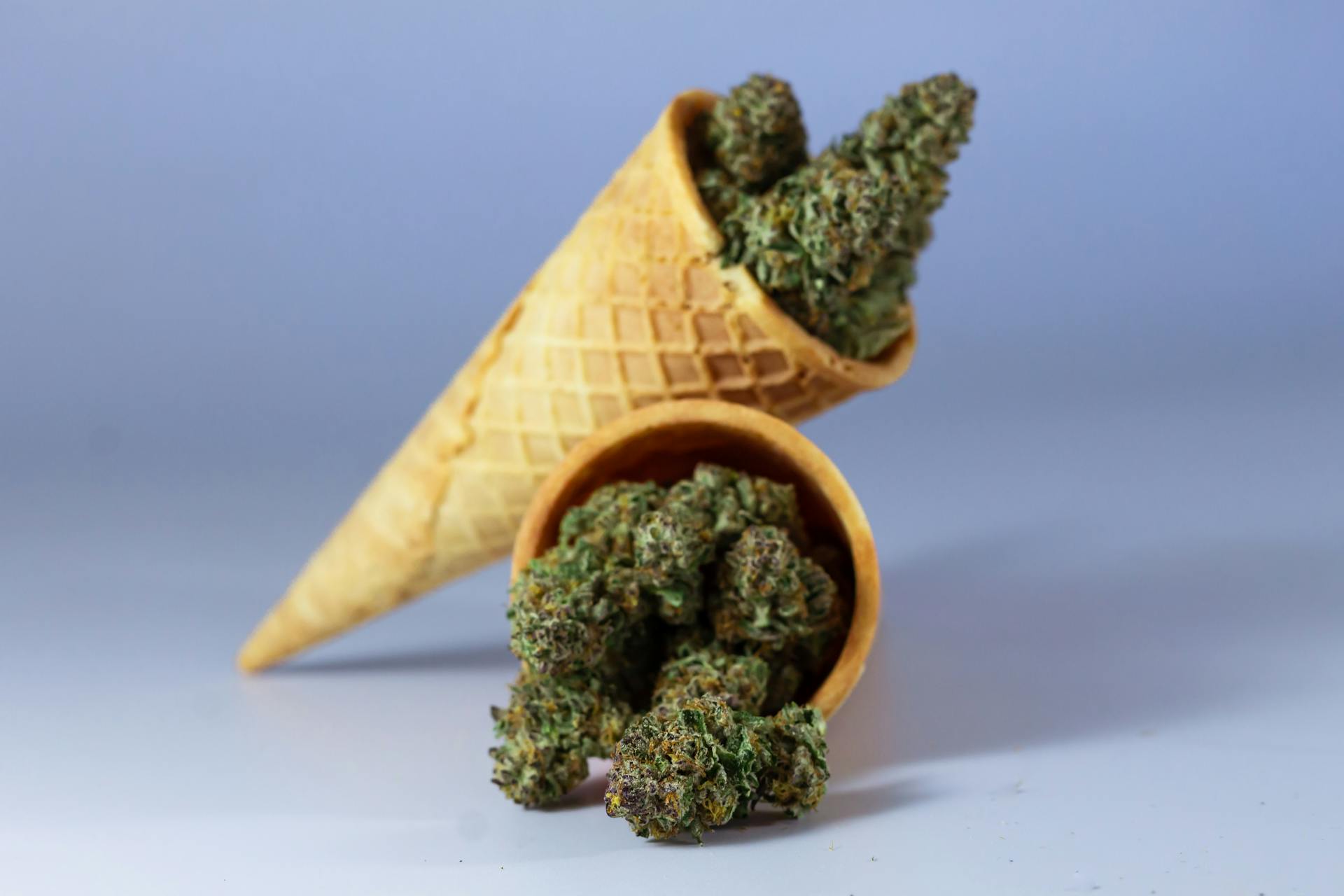
Because 11-hydroxy-THC effects are potent and longer lasting, properly managing your dosage is essential. There’s a fine line between just enough and too much THC, and crossing it can turn a fun night into a complete buzzkill.
We recommend starting with a low dose, monitoring the effects, and taking more only if necessary. For beginners, start with a few milligrams of THC. It’s important to note that one mg of THC in an edible can have a much stronger effect than one mg of THC in flower.
One of the biggest mistakes people make with edibles is not waiting long enough before they eat more. Generally, the effects of an edible take 90 minutes to kick in. However, they can take up to four hours. For newcomers to the world of weed, patience is crucial. You can always eat more, but you can’t eat less.
For the most accurate idea of how much THC is in your edible, it’s always best to purchase them from a licensed dispensary. We love homebaked treats packed with cannabutter as much as the next stoner, but getting an accurate read on the potency of these baked goods can prove challenging.
11-Hydroxy-THC Makes Edibles Awesome
The power of edibles is all about the effects of 11-hydroxy-THC. The chemistry between our bodies and cannabis is capable of amazing things. With a weed brownie and a little patience, our liver’s enzymes create a powerful metabolized version of THC that will keep you lifted for hours!
Rose Collective has the best selection of cannabis treats in Los Angeles! From sweet to savory, our award-winning products pack a potent punch. Visit our Venice Beach dispensary today and get the best products at unbeatable prices. We do everything possible to ensure your stash stays stocked, from the 420 Rewards program to our daily deals. Order now!

